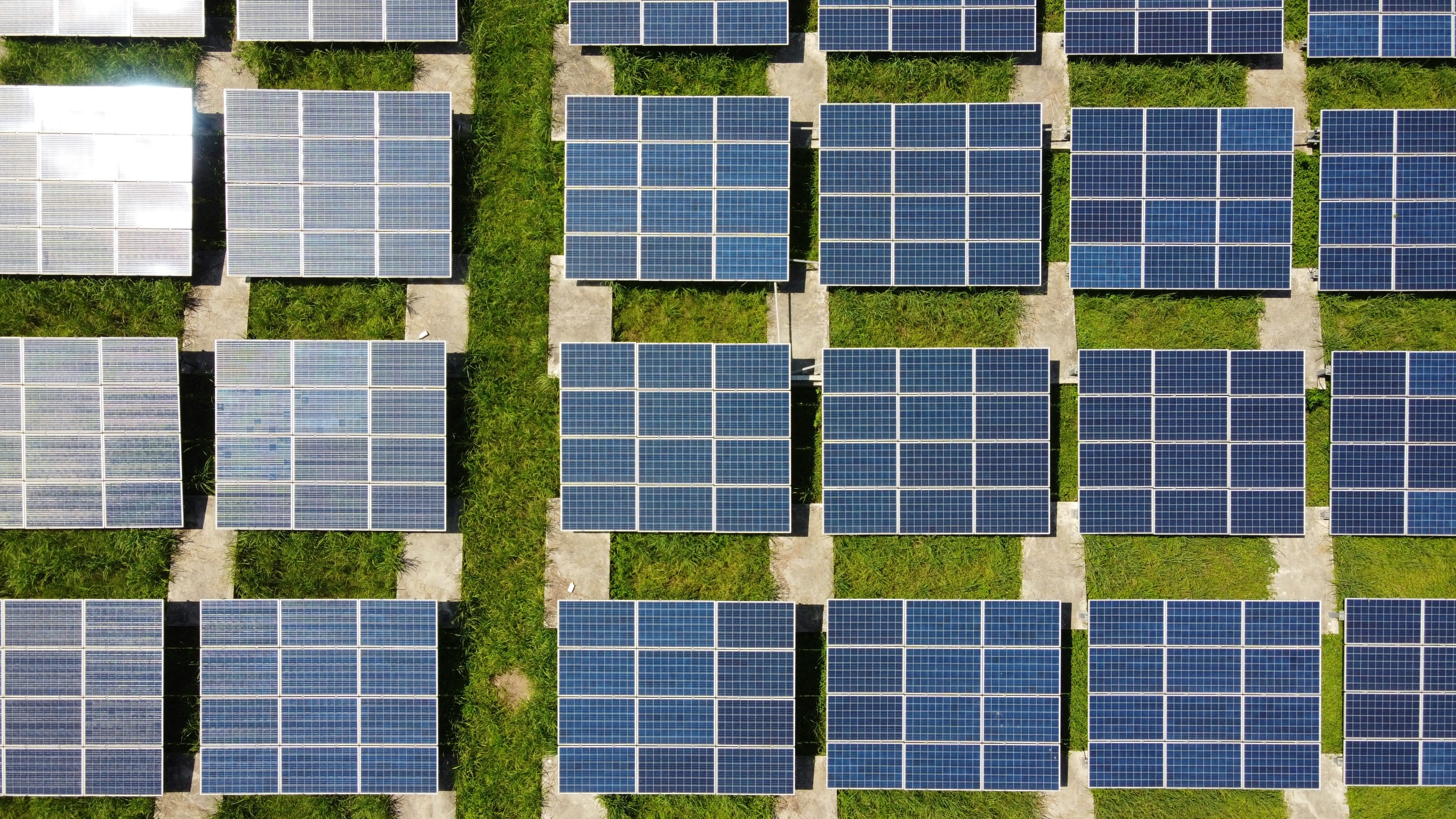COVID-19 pandemic has challenged Southeast Asia, not only directly as a health emergency, but also within the societal and economic dimensions. The disruption to supply chain, chaos due to restricted human and goods movement, and severe loss from tourism from some countries have already caused many Southeast Asian countries to decrease growth expectations for 2020. At the onset, circa late January to end of February, the outbreak appeared manageable, as Southeast Asian countries seemed to avoid the rapid outbreaks as in South Korea and Iran. However, a drastic rise in new cases starting in mid-March have awakened all countries to the all-encompassing challenges that come with their own localized outbreaks while the number of confirmed cases grows across the region. Facing the same enemy, each Southeast Asian state is using a different approach to curbing the spread of the virus, whether in the form of quarantines, lockdowns, border closures or travel bans, while each have introduced various economic stimulus packages to minimize the negative economic impacts.












